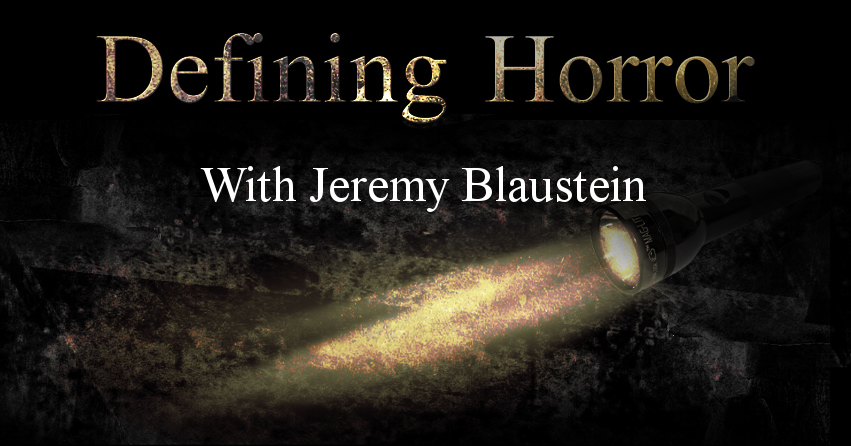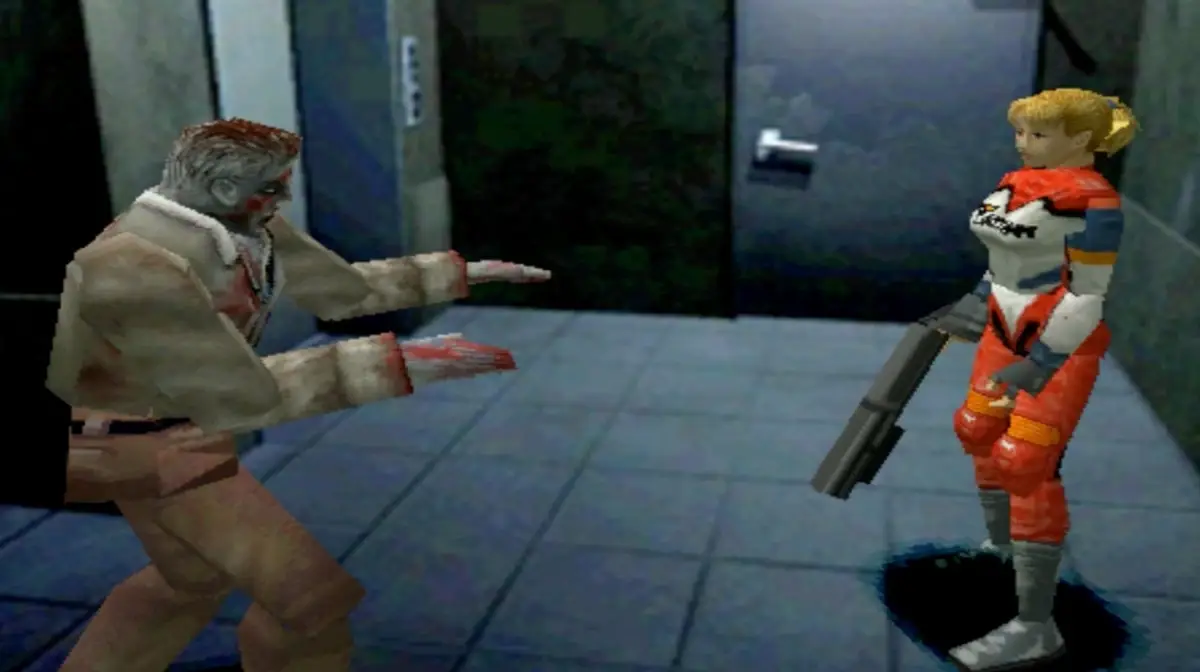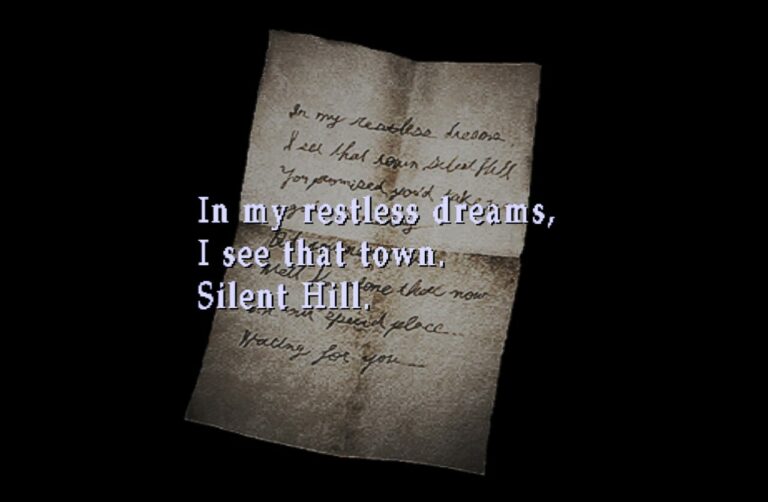
‘Defining Horror’ is our new series that explores the creative minds behind the horror games that we love. Each entry in the series will share new aspects of the creative process, shining light on a developer’s idea of what makes a quality horror experience, what elements are integral to a horror game, as well as what goes into effectively making an impact on the player. ‘Defining Horror’ is a series that aims to give gamers insight into what the horror genre means to those who have developed or are developing horror games.
Below you will find Jeremy Blaustein’s definition of horror.
Name: Jeremy Blaustein
Company: Zpang
Title: International Communications Professional
Past Projects: Silent Hill 2, Silent Hill 3, Silent Hill 4
There are so many things one could write about horror, but I think I’d like to talk a little bit about my idea of the difference between “fright” and “horror”. So what is this difference? I think it has to do with proximity. Let me reach deep into my college anthropology class and try to explain what I’m talking about.
For humans, the concept of personal space is very important. We have our bodies of course –that’s our most personal space (and within that body, some “spaces” are more personal than others even!). Beyond our bodies, extending out around us is more personal space. Our rooms, our bathrooms (where we do our private stuff), our workplace, etc. So you can easily see that the concept of privacy is related to the concept of personal space, but there are other psychologically related concepts as well.
Mary Douglas, in her world famous book “Purity and Danger” talks about human societies’ concepts of internal and external (“us vs them”/”in vs out”) and how it relates to our ideas of purity and impurity, safety and danger. Simply put, we want to feel safe in our personal space and we want our personal space to be clean and pure. In contrast, that which is external to us, removed from us can be more easily considered impure, dirty, threatening. THAT is the source of fear. An external source that threatens us –whether it be a shark swimming in the ocean or a terrorist living in a cave or a killer banging on our door.
What then is “horror”? Well, to me, “horror” is when it crosses into our personal space. When that place which is our own personal space, our pure sanctuary, is invaded by the impure and the external –that is when horror happens. The boogeyman in the night is “fear”, the boogeyman under your bed or in your closet is “horror”. Seeing a person with a twisted stump of a hand pumping blood is “fear”, seeing your own is “horror”. Seeing a maggot crawling on a lump of meat is “fear”, seeing one crawl out of your infected wound is “horror”. So many great filmmakers, writers and game creators understood this. Stephen King with his “shitweasels” in “Dream Catcher; David Cronenburg and his twisted transformed bodies; Silent Hill 4: The Room using the concept of invading personal space. The list is endless.
To summarise, a killer with a knife, machete or chainsaw that is about to break down your door is fright. Finding that the killer is already in your home is horror. Discovering that the killer is actually you? That is psychological horror.




